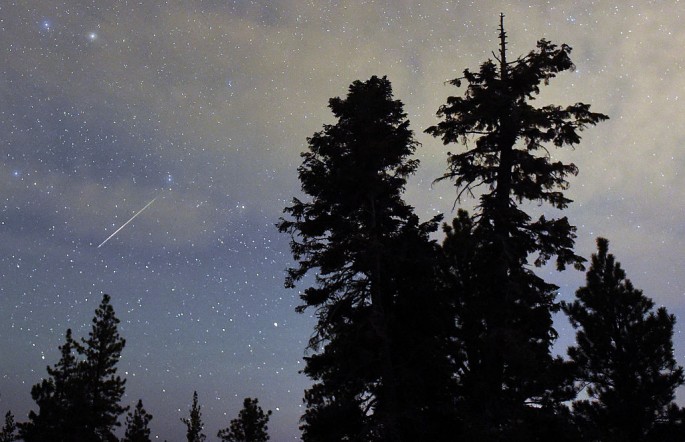The much-awaited Perseid Meteor Shower is here. This year, it is predicted to be an event to remember. It will be a meteor outbursts of a sort when the astronomical event peaks on Aug. 11 & 12. Here is a guide to view the shooting star event. Also, find out where to watch online via live stream.
According to Earth Sky, the night and morning sky of August 11, 12 and 13 will put up a brilliant show for sky gazers. The annual shooting star event is a prolific meteor shower, producing 60 or more meteors per hour when reaches the peak. However, this year it is predicted to produce 200 meteors per hour on the peak night.
The website suggests that the best time to view Perseids is night of Aug. 11 and morning of Aug. 12. In addition, they recommend not to skip the mornings of Aug. 11, 12 and 13.
"Forecasters are predicting a Perseid outburst this year with double normal rates on the night of Aug. 11-12," Bill Cooke of NASA's Meteoroid Environments Office in Huntsville, Alabama said in a statement. "Under perfect conditions, rates could soar to 200 meteors per hour."
Perseid meteor shower is related to the comet Swift-Tuttle. Its radiant point lies in the comet constellation Perseus. It happens to be an annual event that runs from July 17 - Aug. 24.
"Here's something to think about. The meteors you'll see this year are from comet flybys that occurred hundreds if not thousands of years ago," Cooke explained. "And they've travelled billions of miles before their kamikaze run into Earth's atmosphere."
For those who want witness the spectacular light show, they must proceed to a dark location, away from city light for an uninterrupted view. No special equipment is required to watch the Perseid Meteor Shower.
As noted by Earth Sky, it is recommended to watch between midnight and dawn hours. It is the best time to view the meteor shower and it only gets better. Also, it is advised to sprawl out in a moon shadow if the moon is interfering the view.
The publication suggests noticing the speed and the colours of meteors during the shower. Also, watch out for "meteor trains." It is said to be "a persistent glow in the air, left by some meteors after they have faded from view."
For those who want to watch Perseid Meteor Shower online through live stream, it will be available via NASA's Ustream overnight on Aug. 11-12 and 12-13, beginning at 10:00 pm.



























